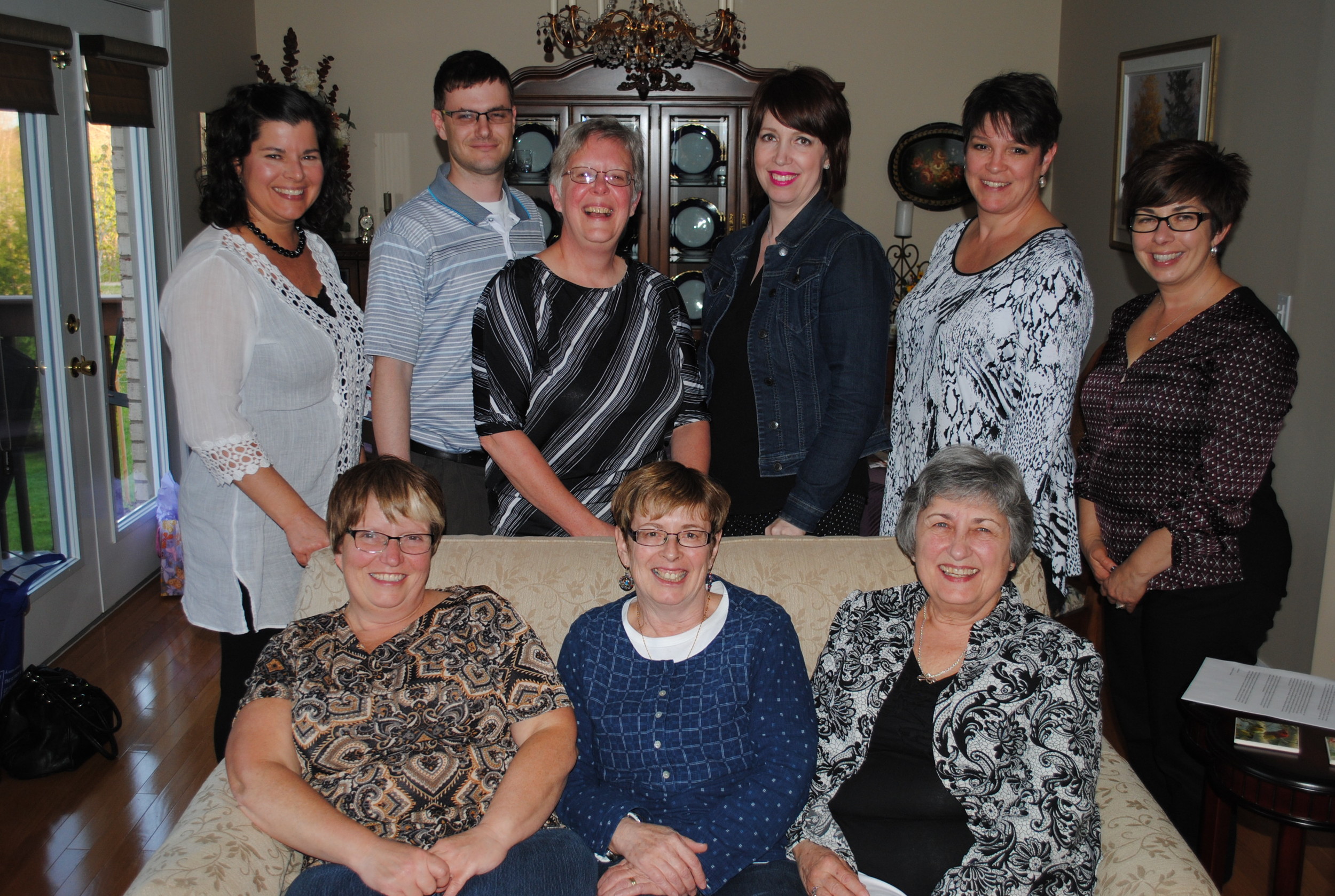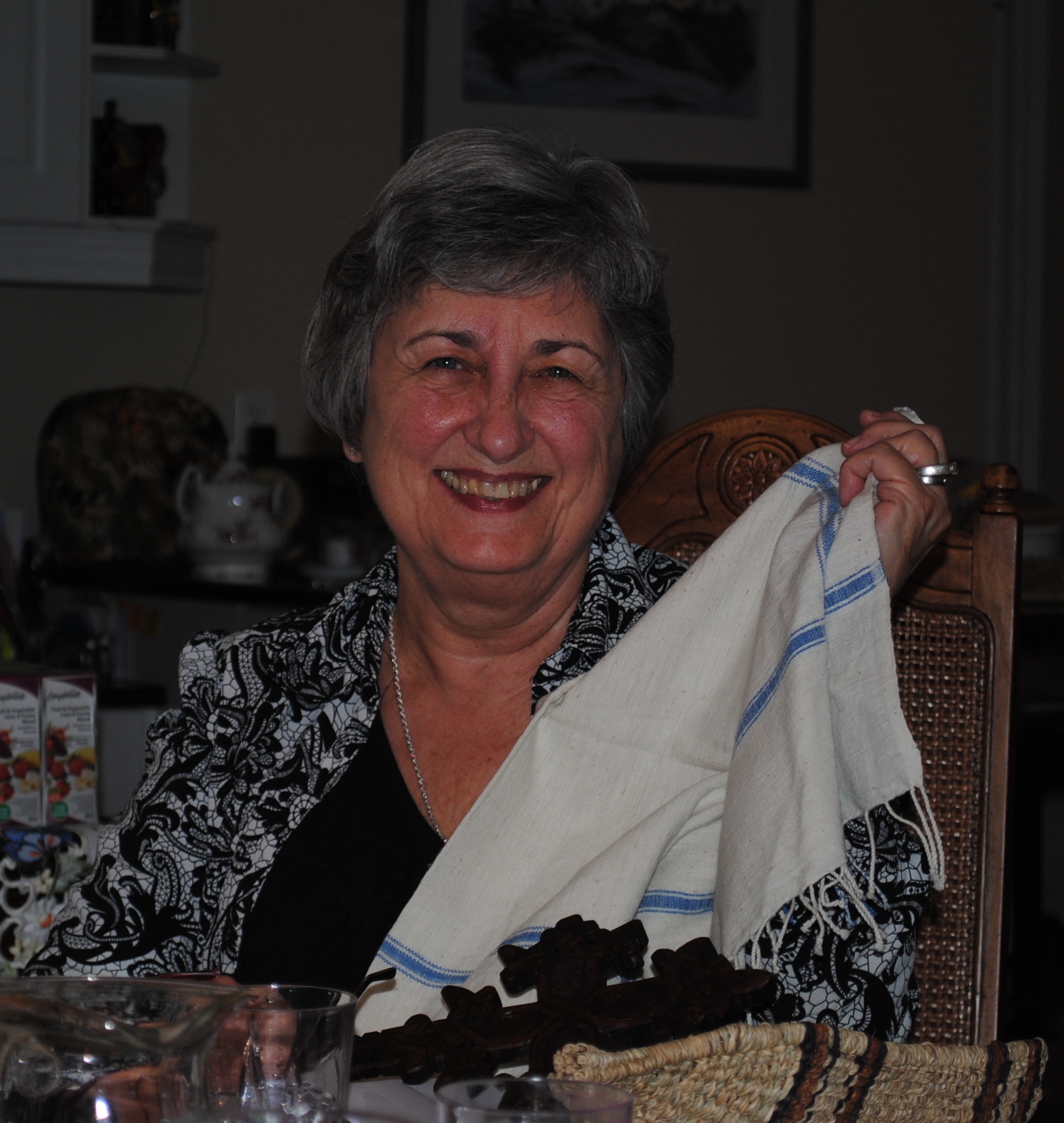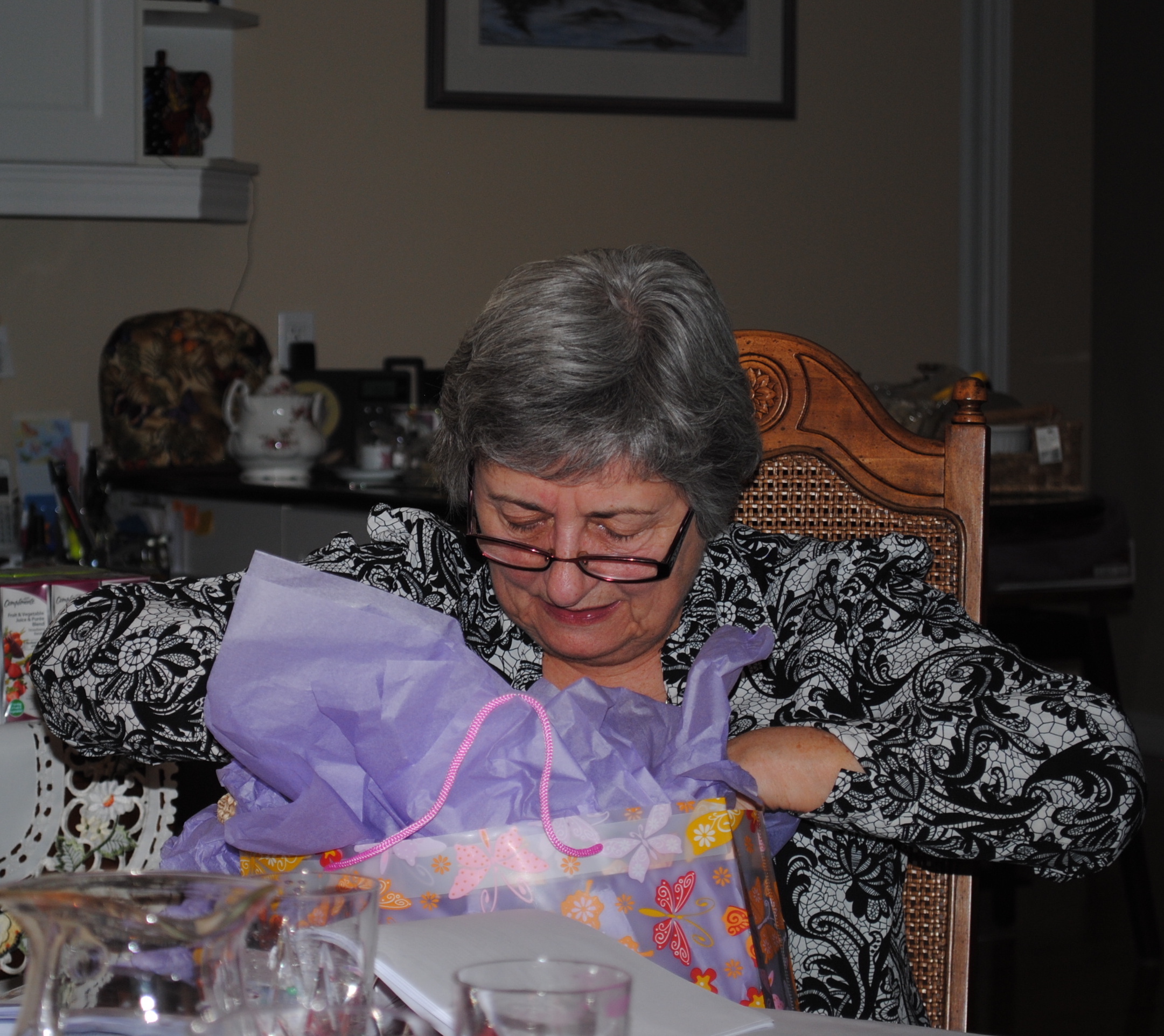The Historic Turnaround of the Gumuz
If you visited the Benishangul-Gumuz region just 8 years ago, you would be left in awe by the dramatic changes that have occurred since then. Once violently hostile to outsiders, many of the Gumuz have been assimilated into mainstream Ethiopia largely thanks to one man with a vision, Feru Taye Tilahun. Rather than shun one of Ethiopia’s most backward societies, he embraced them and together with a small team has put a stop to relentless deforestation and taught them the ways of cultivating trees.
The project, named, “Trees for Health and Wealth” works with 100 model farmers in 7 villages around region. Every year, a certain amount of seedlings are given to these farmers from the central nursing site to allow them to expand their plantations, this year the figure stands at 150,000 and consists of 30 different tree types. In 8 years, 1.5 million trees have been planted and distributed this way. Where the land used to be cleared, trees have returned to provide shade from the sweltering heat. On one hill that used to stand bare, 35,000 local trees have been planted giving it the appearance of the ancestral forest that used to make up the land. When Feru first came, there was just one single mango tree left. Now, rows upon rows of mango tree seedlings are being prepared in the nursing site for their new roles as sources of food and income for the farmers.
The first farmer I visited, who was also the only non-Gumuz farmer, sells products worth 1000 Birr everyday. He grows mango, papaya, coffee, banana, sugar cane, guava, grapefruit and more. The large variety allows him to be less susceptible to damaging price changes and permits him to sell produce every day of the year. The second farmer, called Gisa, could recount all the trees he owns: 500 banana trees, 200 mango, 25 bamboo, 3 avocado, 46 orange, 20 lemon, 50 moringa, 30 papaya and 30 coffee to name a few. He sells the fruit of 1 to 2 banana trees per day. At 12 birr for a kg, he can make 100 Birr a day from bananas alone.
Of the three farmers I met, it was Andargie who truly made the success of the project evident. In addition to owning two plots of land, about a hectare each, he now cultivates his own seedlings. What this means is that in 6 years he has essentially become independent of Feru and is now sustainable. Like Gisa, he began growing his trees by a dry river where water has since returned. He is now expanding further and further, past his new beekeeping facility, now fully convinced of the efficacy of growing over chopping trees.
The farmers weren’t always as passionate about this idea and were reluctant at first to cooperate. During Feru’s first contact with the Gumuz it was all about developing familiarity and trust. Since Feru and his team were from a different tribe, a friendship had to be filtered through centuries of animosity. It was because one Gumuz, who is now a model farmer, approached him to be his guard and provided the means for a dialogue to begin that Feru was able to move forward with the project.
Most farmers only began to work with Feru after two years when the benefits of growing trees really began to show themselves in profits. Both of the Gumuz farmers describe their previous lives as poor. Days were spent digging for food to eat. Now, Andargie has been able to send all twelve of his children to school, three of which have graduated and help him with agriculture. The farmers say that people have grown more accepting of them because they have become successful and “clever” farmers. Furthermore, they have become Christians, closing a major cultural divide.
This is a far cry from the time when the Gumuz region was the scene of violent tribal conflict. According to Feru, “There was no peace at all in the area so they were discriminated because of such reasons from the community”. They relentlessly cut down trees for charcoal as their only source of income, regardless of the tree’s use. Had they continued their deforestation at the same pace, there would scarcely be a tree left, including the sole mango tree that Feru found when he first arrived. To say the least, they were headed for a catastrophic time bomb.
Feru adds that, “their life was guided by witch doctors” who perpetuated violence through a brutal system of justice. For example, if a family member died, the witch doctor could have blamed the death on the neighbor who is emanating evil spirits and therefore must be killed. Feru admits that this was the most difficult part of changing the Gumuz culture. For this reason, he had four evangelical churches constructed around the region. Since then, many and more have been converted and no longer seek the witch doctor for help. Feru claims this spiritual transformation is very important to the project, “because that is the base for changing their behavior”.
Although seedlings are the focus of the project, Feru has developed a lot of other programs on the side. Their health has been improved because of an awareness program that emphasizes prevention as opposed to cures. They are taught hygiene, sanitation and how to use trees such as the moringa for medical and culinary purposes. Known as the ‘miracle tree’, its leaves can be used to filter water to make it drinkable and are also a rich source of protein and vitamins. The leaves contain seven times the vitamin C of oranges, 4 times the calcium of milk and three times the potassium of bananas. They used to drink and use the water from what remained of unclean, drying rivers. Now, Feru has built 600 wells in 6 of the 7 villages he works with.
In the next 10 years, the plan is to hand over the seedling program to the farmers and make them independent. This year, the center will give 150,000 seedlings to the farmers and there will be 30 seedling sites owned by farmers. Next year, the number will be reduced to 100,000 and 10 more farmers will own nursing sites. If all goes to plan, In 5 years the center will only give away 20,000 seedlings and 80 farmers will be growing their own. Once the seedling program at the center is completed, Feru’s project will be following the farmers technically for another 3 years. “We will have to teach them the marketing; how to demand, how to assess the market, and how to make contact with other markets in the country and beyond”. Then, in the remaining two years, they will learn how to form associations that will empower them to manage their markets and ensure the stability of their sales. In addition, they will be educated on opening and running seedling and fruit shops that they will open in different towns to ensure permanence.
In the entire 8 years of the project’s existence, only 2.4 million Birr, or just 100,000 USD have been spent – a fraction of the costs of other NGOs. This is in large part thanks to the strictly small wages he and his three employees receive and the two functions they each carry out. Feru is director and accountant based in Bahir Dar. The agriculturalist is also the project manager, the accountant in region is also the day guard of the office there and the nighttime guard is also the assistant agriculturalist. This strict financial discipline has allowed maximum amount of aid to go where it is needed. For this, the project has been awarded as the best on the regional level and third on the federal level by former president, Girma Wolde-Giyorgis.
Feru hopes that, “this project will be a good lesson for others to see optimism in people that seem unchangeable”. There is no doubt that the project has proven that development can transcend cultural lines and forge peace where there is hate. It has been able to give the Gumuz prosperity, security and a healthy pride in what they can achieve. To accomplish all this in such a short time is nothing short of a miracle. Feru’s successful development model based on sustainability is a model for Ethiopia, Africa and indeed the world.




















 Workinesh Worku is 50 years old. She has been pregnant 8 times and has 5 living children. She has been suffering for a year with a second degree prolapse, cysto
Workinesh Worku is 50 years old. She has been pregnant 8 times and has 5 living children. She has been suffering for a year with a second degree prolapse, cysto
